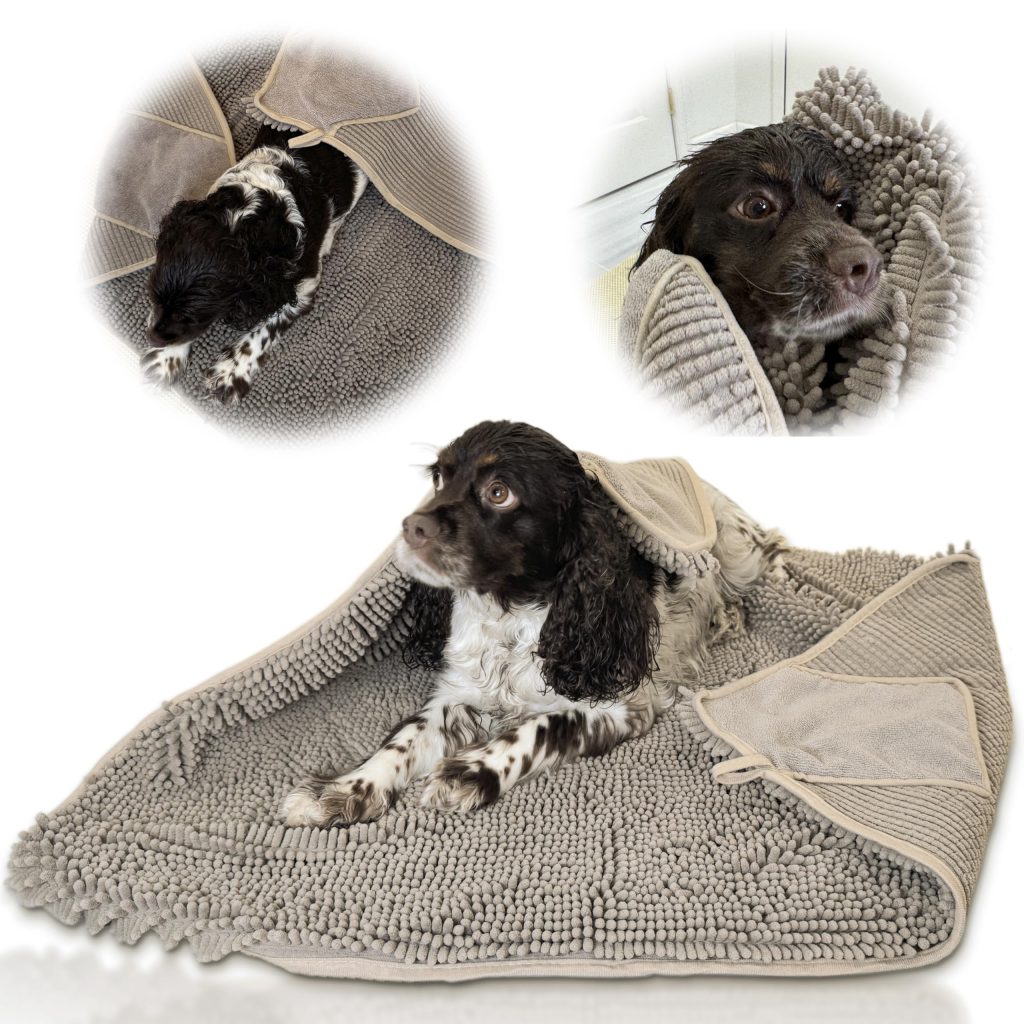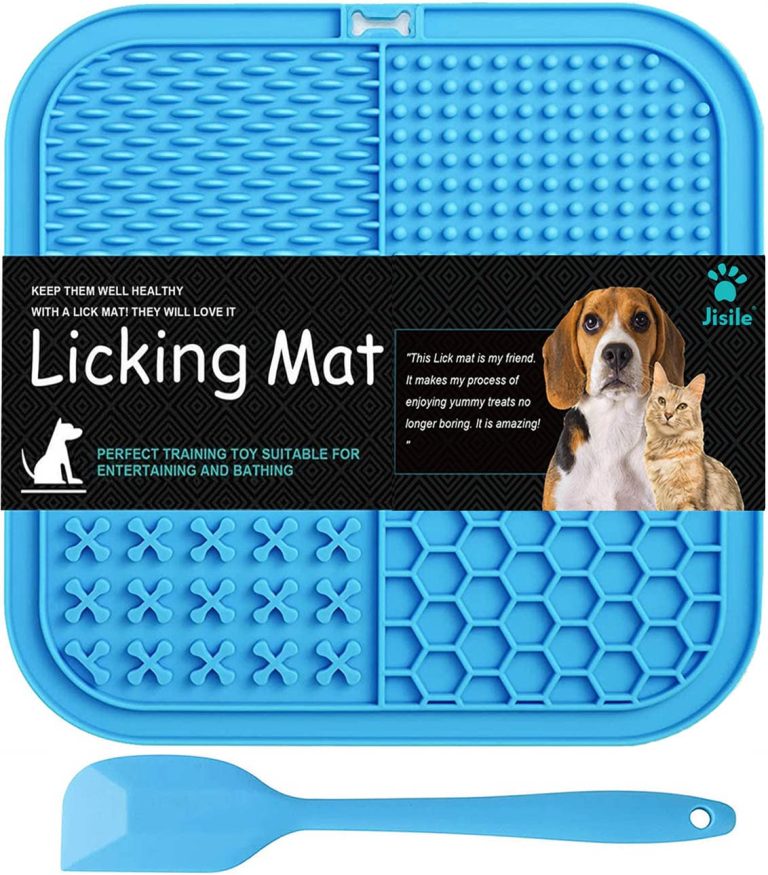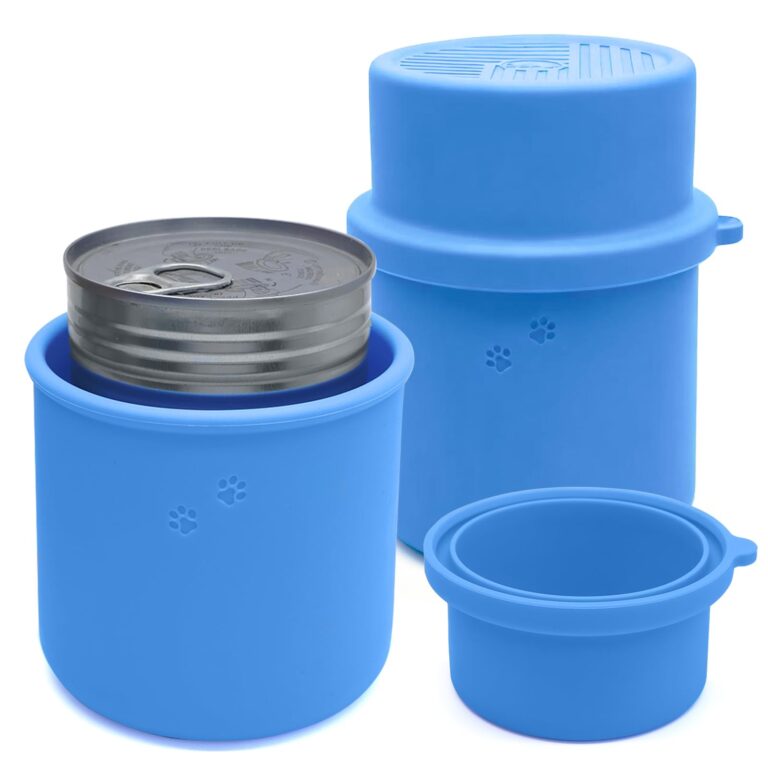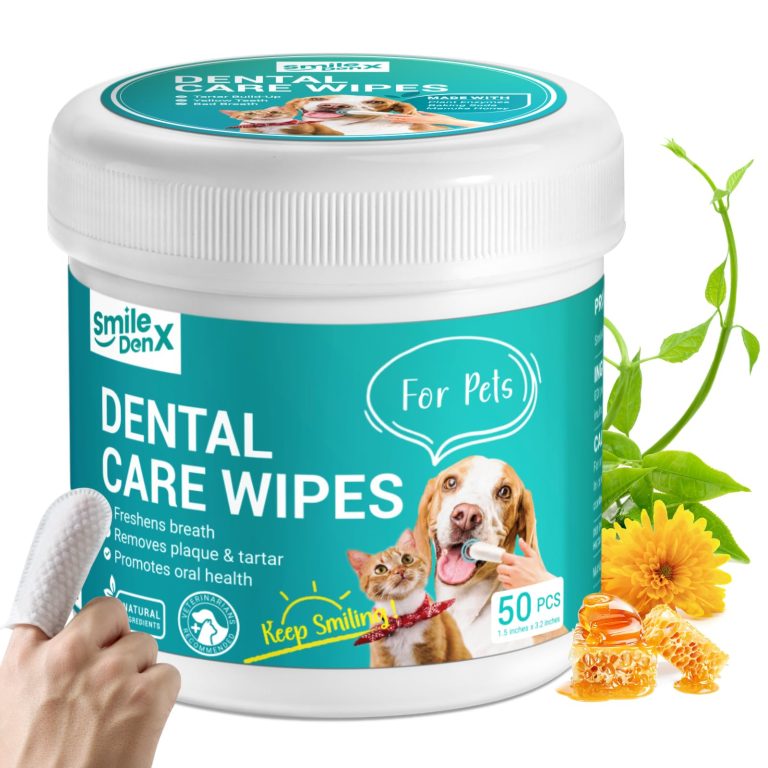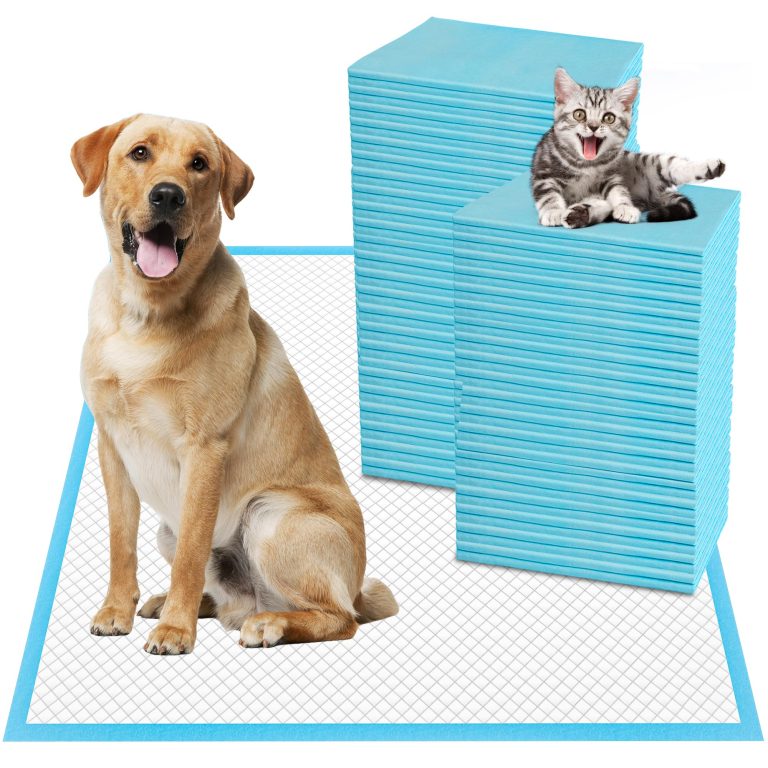Caring for Your Dog’s Skin and Coat
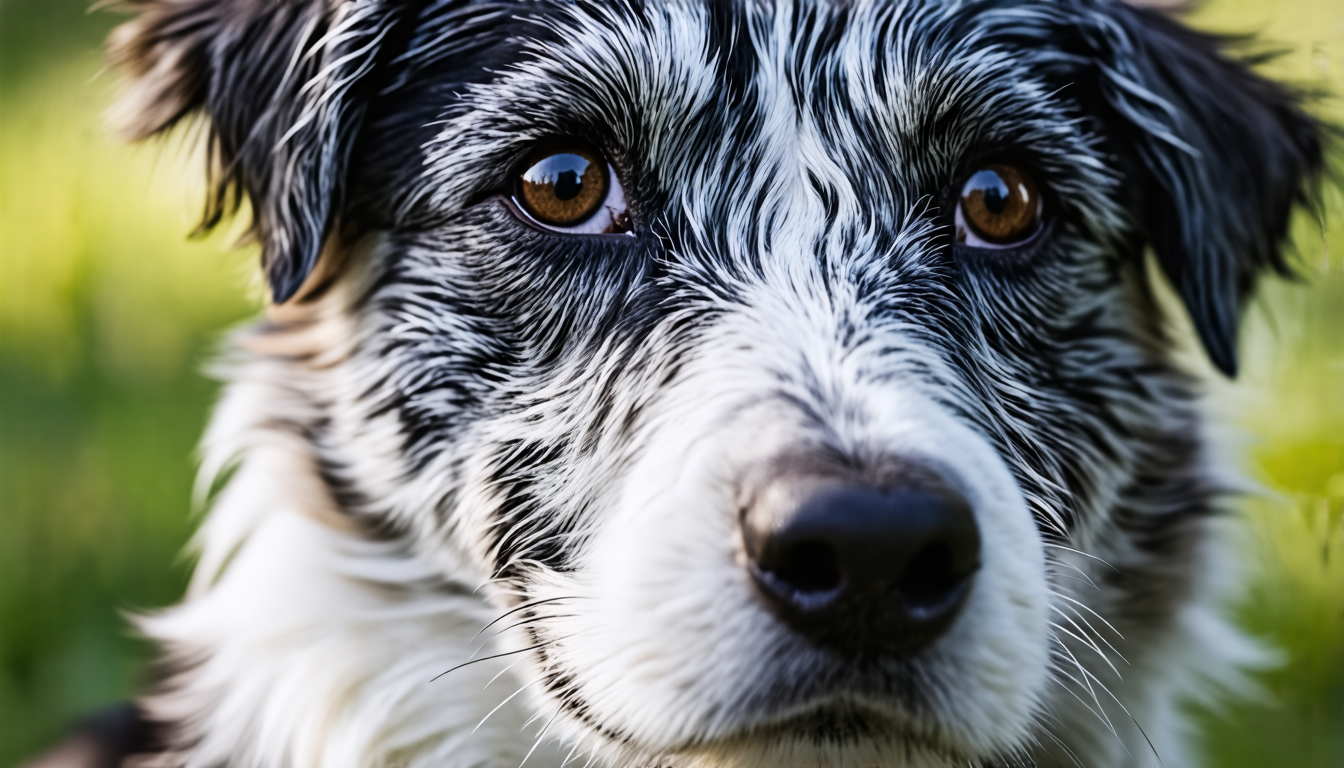
Maintaining your dog’s skin and coat health is a fundamental aspect of responsible pet ownership, intricately connected to their overall well-being. A vibrant coat often signifies not just aesthetic beauty but also serves as an external indicator of internal health. The relationship between your dog’s diet, lifestyle, and skin condition cannot be overstated; it’s essential to first understand the complex biology that governs the structure and function of their skin and fur.
At the core of this understanding lies the concept that a dog’s skin is their largest organ, tasked with a multitude of vital functions. It acts as a protective barrier against external aggressors such as bacteria, parasites, and allergens, while at once regulating temperature and hydration levels. Moreover, healthy skin is instrumental in facilitating the absorption of essential nutrients and facilitating the healing process in instances of injury or irritation.
A dog’s coat, comprising various layers including the undercoat and the outer coat, serves to insulate and protect, while varying in texture and length based on the breed. Regular shedding is a natural process, influenced by factors such as seasonal changes and overall health. There is, however, considerable variation in shedding patterns between different breeds; for example, while the shedding of a Labrador Retriever may seem prolific, the meticulous grooming practices of a Poodle may mask a similar amount of fur being lost.
Just as humans exhibit different skin types—oily, dry, or combination—dogs experience variations in skin conditions that can greatly influence coat health. Environmental factors, including climate, exposure to chemicals, and allergens, can exacerbate common issues like dryness or irritation, leading to conditions such as seborrhea, hot spots, or excessive itching. These conditions not only cause discomfort but can lead to more serious health issues if left unaddressed. It is paramount to remain vigilant for signs of distress, such as excessive scratching, frequent licking, or changes in coat texture or odor.
To promote optimal skin and coat health, regular veterinary check-ups are essential. A veterinarian can diagnose any underlying health issues and recommend appropriate treatments, which may include medicated shampoos, dietary adjustments, or topical treatments. Prevention plays an important role in this realm. Regular bathing with suitable, canine-specific shampoos, maintaining a healthy diet packed with fatty acids and omega-3s, and ensuring proper hydration are fundamental practices that contribute to a glossy coat and healthy skin.
Moreover, the psychosocial aspect of your dog’s health should not be overlooked. Mental stimulation through play, training, and social interactions can have a surprisingly positive impact on their skin and coat. A happy, stress-free dog is generally healthier, and less prone to conditions worsened by anxiety or boredom, such as obsessive licking or scratching. Engaging in interactive activities or puzzle toys can provide the mental enrichment they need, while also reinforcing the bond between you and your canine companion.
Understanding the nuances of your dog’s skin and coat health not only requires attention to routine grooming and care but also encompasses a holistic approach to their overall lifestyle. By fostering a balance between physical and emotional well-being through proactive checks, appropriate nutrition, and engaging activities, you can ensure that your furry friend enjoys a vibrant appearance, enhanced health, and a joyful life.
Essential Grooming Techniques
Grooming your dog is not merely a matter of aesthetics; it is an essential ritual that promotes health, strengthens the bond between you and your pet, and helps you spot potential health issues early on. A well-groomed dog is a reflection of attentive care, one that conveys both love and responsibility. When it comes to grooming techniques, there are several key practices to implement that cater to the specific needs of your dog’s breed and coat type.
First, familiarize yourself with the variety of tools available. Depending on your dog’s coat—be it long, short, curly, or wiry—different brushes and combs will be necessary. A slicker brush, for example, works wonders for removing mats and tangles in long-haired breeds, while a bristle brush is ideal for short-haired dogs, effectively distributing natural oils and enhancing shine. Regularly scheduled grooming sessions, which can be tailored to the individual needs of your dog, will not only keep their coat looking its best but also reduce the incidence of shedding.
Establishing a routine is paramount. Begin with a gentle brushing to remove loose fur and debris, followed by a thorough examination of your dog’s skin. Pay close attention to areas that are often overlooked, such as beneath the ears, around the paws, and along the stomach. During this inspection, look for any red spots, rashes, or unusual bumps that may require veterinary attention. Regular grooming sessions offer the opportunity to catch potential issues before they escalate into more significant health problems.
- Incorporating bathing into your grooming routine is essential, but it should be done judiciously. Over-bathing can strip the natural oils from your dog’s skin, leading to dryness and irritation. Aim for a bathing frequency that is suitable for your dog’s lifestyle and skin type—generally, every four to six weeks is adequate for most breeds.
- Neglected nails can lead to discomfort and even mobility issues. Incorporate regular nail trims into the grooming schedule, using a clipper designed for canine nails, as well as files or grinders for a smooth finish. If you’re apprehensive, seek the guidance of a professional groomer or veterinarian when starting this process.
- Ears can be a hotspot for infections, particularly in breeds with floppy ears. Regular ear cleaning not only prevents moisture accumulation but also allows for the quick identification of potential issues. Use a veterinarian-approved ear cleaner and cotton balls to gently wipe the outer ear. Remember, do not insert anything into the ear canal.
- Oral health often influences overall well-being, and neglect can lead to serious health complications. Implement daily dental care by using dog-friendly toothpaste and brushes or providing dental chews that can help reduce plaque buildup. Regular veterinary check-ups should also include dental evaluations.
Exercise is another significant component of your dog’s health that’s closely tied to grooming. A well-exercised dog not only maintains a healthy weight but also experiences a wealth of physical and mental benefits that can enhance their coat and skin condition. Regular walks, playtime, and agility activities not only promote cardiovascular health but also contribute to reduced anxiety and stress levels—two factors that can adversely affect their skin condition.
A critical aspect of grooming lies in the opportunity it gives you to bond with your dog. Use grooming sessions as a chance to stimulate their mental faculties and reinforce positive behavior. Speak in soothing tones, reward cooperation with treats, and engage in gentle play. This nurturing interaction can help mitigate any stress oftentimes associated with grooming, transforming it into an affirmative experience.
Ultimately, becoming well-versed in effective grooming techniques will position you as an informed caretaker, better equipped to navigate the challenges that arise in your dog’s health journey. By ensuring that grooming is both thorough and enjoyable, you enhance your dog’s quality of life and fortify the vital connection you share with your beloved companion.
Common Skin Issues and Treatments
Among the myriad of skin ailments that can plague our canine companions, a few stand out due to their prevalence and the considerable impact they can have on a dog’s overall comfort and well-being. Allergies, for instance, are a leading cause of skin irritation, manifesting as excessive scratching, redness, and rashes. These allergic reactions can be triggered by various environmental factors such as pollen, dust mites, or food ingredients. Identifying the precise allergen often necessitates meticulous observation and may require the expertise of a veterinarian who can recommend skin tests or elimination diets. Treatment generally involves antihistamines, corticosteroids, or even immune-modulating medications for particularly severe cases.
Another common issue is the presence of parasites, which can wreak havoc on the skin. Fleas, ticks, and mites are notorious for causing discomfort and can lead to secondary infections through incessant scratching. Prevention is key, and there are a plethora of effective flea and tick medications available on the market, including topical treatments and oral medications. However, in the event of a current infestation, prompt action is mandatory. A thorough bath using a veterinarian-approved medicated shampoo can be an immediate first line of defense, while the dog’s living environment should be treated to eradicate these pests.
Moreover, certain breeds are predisposed to specific dermatological conditions, such as pyoderma, which manifests as pustular lesions, generally secondary to deeper underlying issues such as allergies or hormonal imbalance. Identifying such conditions often involves careful examination and may require diagnostic tests, like skin scrapes or biopsies. Treatment could include antibiotics or topical therapies, along with addressing the primary underlying cause. Early intervention is pivotal, emphasizing the importance of routine veterinary care to ensure any developing skin problems are caught in their infancy.
Beyond the myriad of factors influencing skin health, dental care is intrinsically linked to a dog’s overall well-being. Inadequate oral hygiene can lead to periodontal disease, which is occasionally manifested as oral bacteria that can enter the bloodstream, potentially impacting organs including the heart, kidneys, and liver. Consequently, incorporating a dental hygiene routine is indispensable. Daily brushing with dog-specific toothpaste, alongside the use of dental chews and professional cleanings, can significantly reduce plaque formation and contribute to systemic health.
As dogs age, they can experience a variety of health changes that may influence their skin and coat condition. Older dogs often exhibit a decline in skin elasticity and oil production, making them more susceptible to dryness and irritations. Additionally, changes in metabolism can affect how dietary nutrients are absorbed, either exacerbating skin conditions or prompting new ones. It is vital to adapt their nutrition with age; diets enriched in omega fatty acids and antioxidants, for instance, can help bolster skin moisture and resilience. Furthermore, ensuring they remain hydrated cannot be overstated, as water is key in maintaining skin health.
Mental stimulation plays an equally critical role in a dog’s health. An intellectually engaged dog is less likely to develop anxiety-related behaviors that can lead to skin issues, such as compulsive scratching or licking. Implementing a regimen of interactive toys, training exercises, and varied activities engages both their mind and body, fostering an overall state of wellness. Moreover, incorporating regular socialization with other dogs and people enhances their emotional health, further strengthening the link between psychological well-being and physical health.
In the grand scheme of dog care, preventive measures stand out as pivotal in maintaining skin and coat health. Regular veterinary check-ups, appropriate vaccinations, and a balanced diet tailored to your dog’s specific needs can work wonders. As the adage goes, “An ounce of prevention is worth a pound of cure.” By fostering a holistic approach that emphasizes both physical and mental care, you empower your furry companion to thrive, reducing the likelihood of skin troubles and enhancing their quality of life.
Nutrition for a Healthy Coat
When it comes to nourishment, selecting the right diet for your dog is paramount, not only for their overall health but particularly for the vitality of their skin and coat. The foundation lies in understanding the essential nutrients required to maintain a luster that reflects your dog’s internal well-being. A well-balanced diet, rich in high-quality proteins, omega fatty acids, and vital vitamins and minerals, serves as the cornerstone for promoting healthy skin and a shiny coat.
Proteins, the building blocks of life, play a critical role in the regeneration of skin cells and the production of keratin—an essential protein for both skin and coat integrity. Quality sources of protein, such as chicken, beef, fish, or lamb, should comprise a significant portion of your dog’s diet, aiding in muscle development and tissue maintenance. For instance, diets incorporating salmon or fish oil are particularly beneficial, as they are high in omega-3 fatty acids, renowned for their anti-inflammatory properties that support skin health, reduce itching, and help manage conditions like dermatitis and allergies.
In addition to protein, omega fatty acids—which include omega-3 and omega-6—are integral to sustaining the moisture and elasticity of the skin. These fatty acids not only contribute to a shiny coat but also play a role in decreasing inflammation and soothing irritations. You can introduce these beneficial fats through fish oil supplements or select dog foods specifically formulated with added omega fatty acids. Furthermore, flaxseed and hempseed oil are excellent plant-based alternatives that can complement your dog’s diet, contributing to a healthier skin barrier.
“A dog’s coat is an expression of their internal health. What goes into their mouth is reflected on the outside.”
Vitamins and minerals also play crucial roles in skin and coat health. Vitamin E, a powerful antioxidant, supports skin health by neutralizing free radicals that can cause cellular damage. It especially important for maintaining skin moisture and preventing scaliness. B vitamins, particularly biotin, are essential for comprehensively regulating skin health and promoting coat growth. Incorporating a mixture of colorful fruits and vegetables into your dog’s diet can provide these vital nutrients; carrots, sweet potatoes, and blueberries are excellent choices that not only add variety but also pack a nutritious punch.
Hydration is another key component this is frequently overlooked in discussions about skin health. Your dog needs access to fresh, clean water at all times. Dehydration can lead to dryness and scaling of the skin, undermining the benefits achieved through nutrition. As a general rule, a dog should drink about one ounce of water per pound of body weight daily, though this can vary based on activity level, environmental conditions, and diet.
- It’s essential to consider your dog’s age and any potential dietary sensitivities. Puppies, adults, and senior dogs have unique nutritional requirements. Puppy diets should be rich in protein and fat to support growth, while senior diets may require lower calories and additional joint support supplements, particularly if your dog suffers from arthritis or mobility issues.
- Maintaining a healthy weight especially important, as obesity can not only lead to a myriad of health issues but also affect your dog’s skin and coat condition. Excess weight can result in skin folds and create an environment prone to infections. A balanced diet, portion control, and regular exercise are vital to keep your dog fit and healthy.
- Be vigilant for any signs of food allergies, such as itching, chronic ear infections, or digestive upset. Identifying the specific allergen—often requiring an elimination diet under veterinary guidance—can dramatically improve your dog’s skin condition and overall comfort.
The synergy between nutrition and skin health is undeniable. Further enhancing your dog’s wellbeing involves an astute awareness of the direct impact their diet has on their physical appearance and internal health. Regular consultations with your veterinarian regarding dietary needs and appropriate food selections, alongside multimodal approaches such as supplements and mindful feeding practices, will serve you well in promoting the healthy skin and coat your beloved dog deserves. Engaging in this proactive dietary management can ensure that your canine companion thrives, reflects the vibrancy of well-being, and lives life radiantly.

